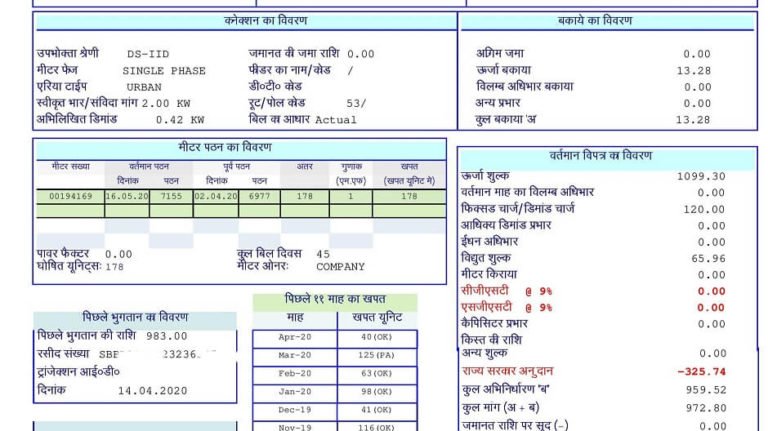
One metric horsepower is defined as the power needed to raise a mass of 75 kilograms against the Earth's gravitational force over a distance of one meter in one second. Athletes such as, e.g., Usain Bolt can even produce 3.5 hp (2.6 kW) for a short time. For a standard healthy human, these values are equal to about 1.2 hp (0.89 kW) of peak and 0.1 hp of sustained work. Thus, the horse work rate is about one hp in sustained activity (but it's instead a maximum value, the average horse can sustain 2/3 hp for a working day, ), in contrast to a possible peak power of almost 15 hp. Watt found this value by an estimation of horse performance – he observed how many times a horse could turn a mill wheel with a given diameter, then he assumed the force with which the horse pulled and rounded the obtained value to get the final 33,000 ft lbf/min. The most often used units are mechanical and metric horsepower, equal to ~745.7 watts and ~735.5 watts, respectively.Ī mechanical horsepower was defined by James Watt to be equal to precisely 33,000 ft lbf/min. Later it was expanded to different types of new engines and machines.

The unit was introduced in the 18th century to compare steam engines with the power of draft horses. Total power of sunlight striking Earth's atmosphere, current generation of lasers (but for order of picoseconds) Total power used by humans worldwide, average lightning strike peaks at 1 TW Large electric motors (e.g., cruisers, submarines), server clusters, supercolliders, power plants Radio and radar receivers, medical instrumentation systems (EEG, ECG)Īcoustics (dBm), hearing aids, laser pointersĭifferent electronic devices, engines, motors, tools, machines, heaters, broadcast radio, television transmitters

Radio and radar receivers, acoustics, radio astronomy


 0 kommentar(er)
0 kommentar(er)
